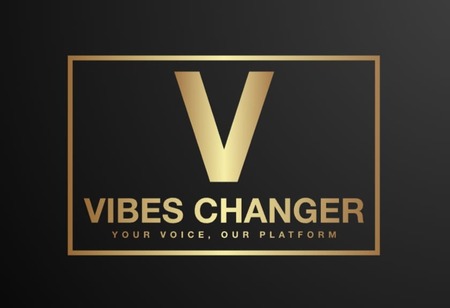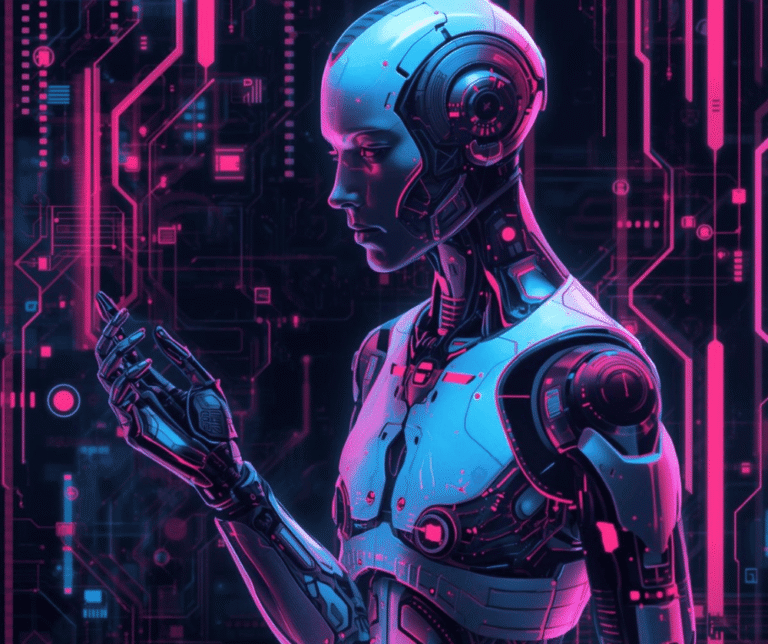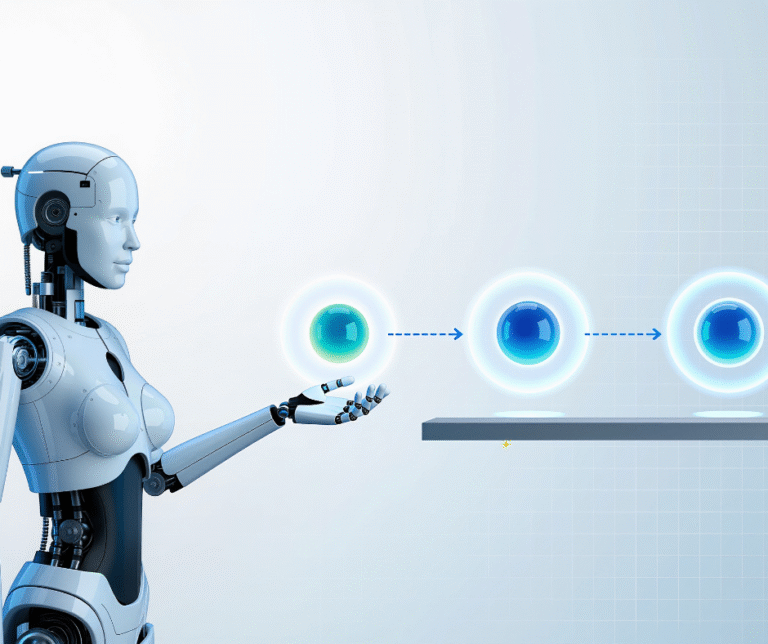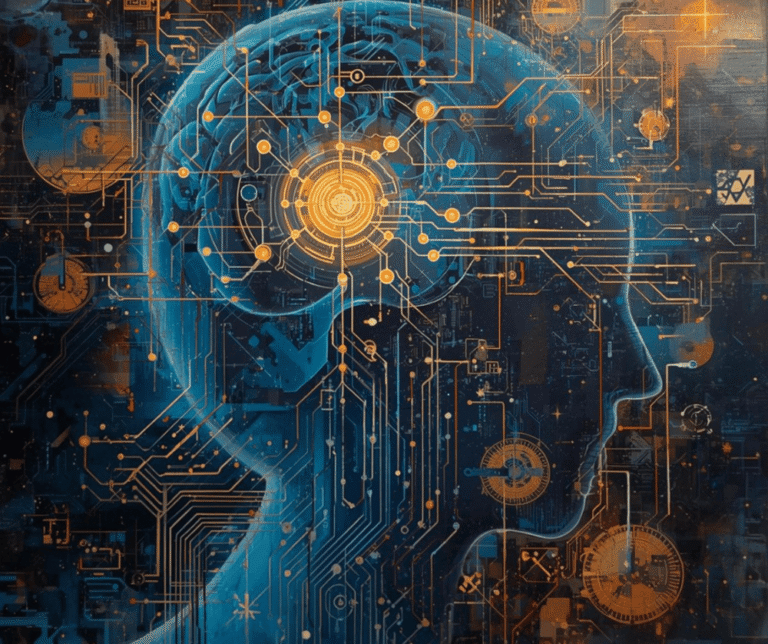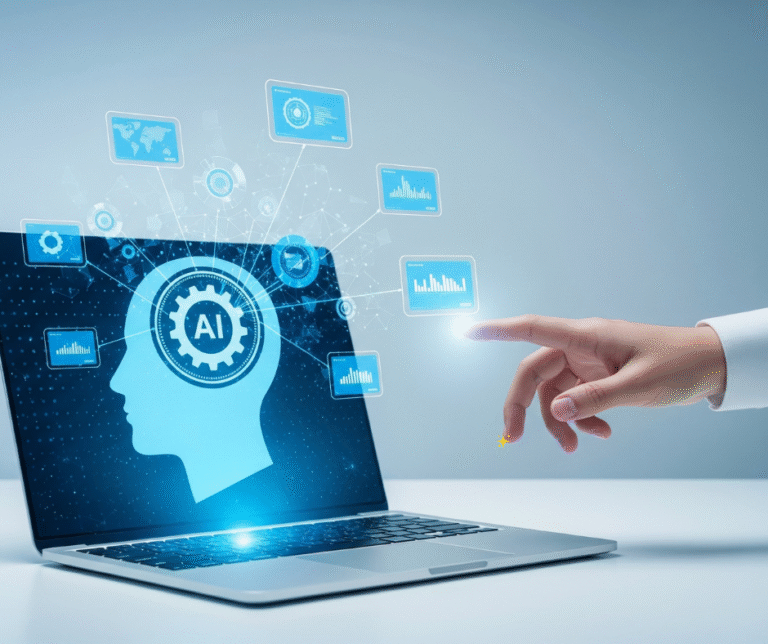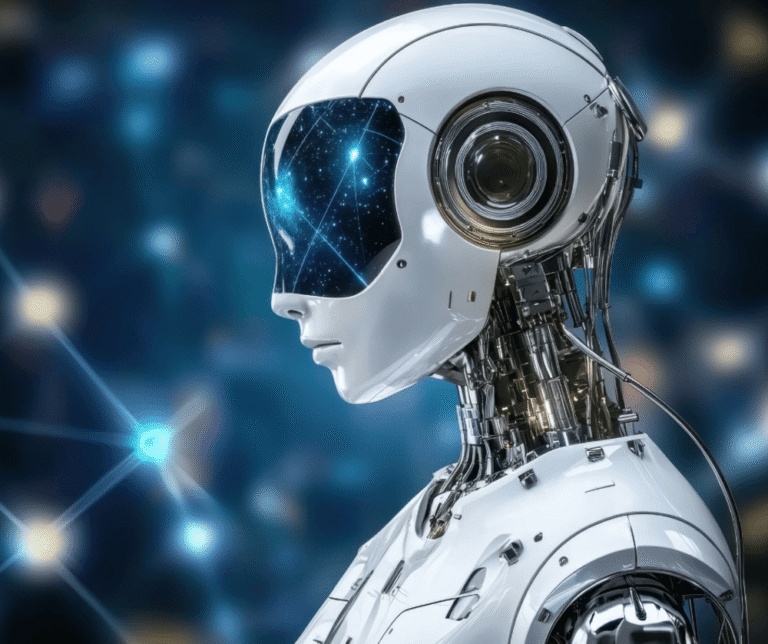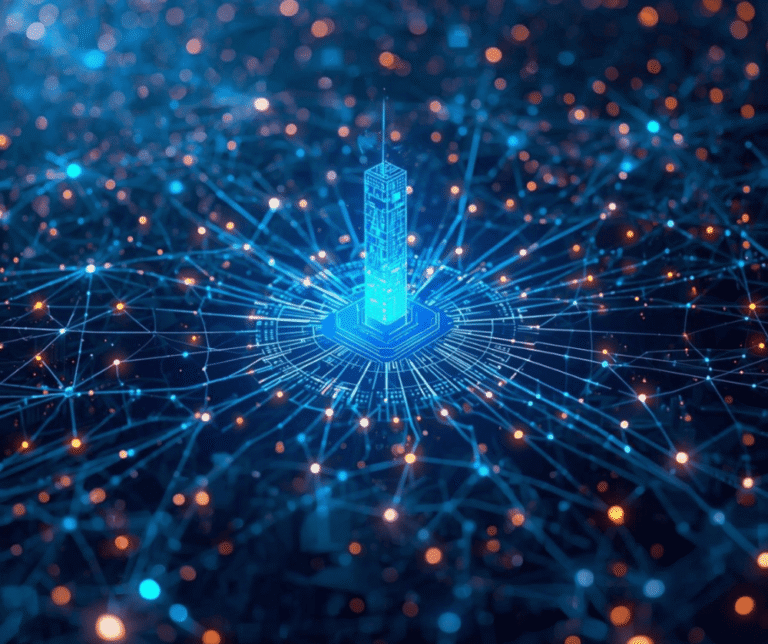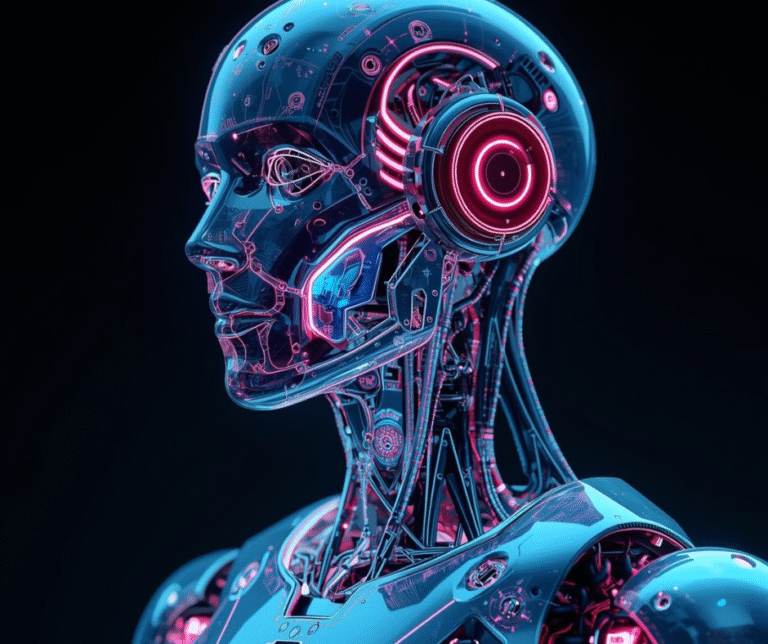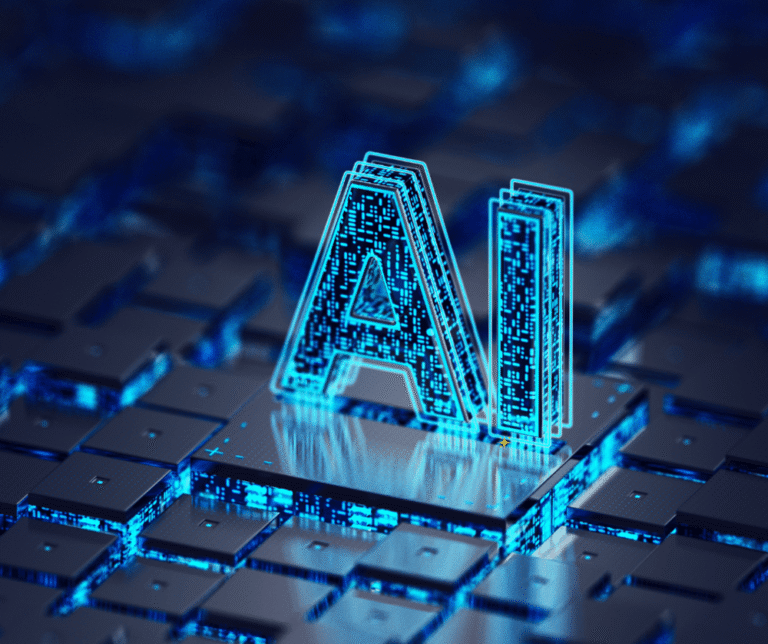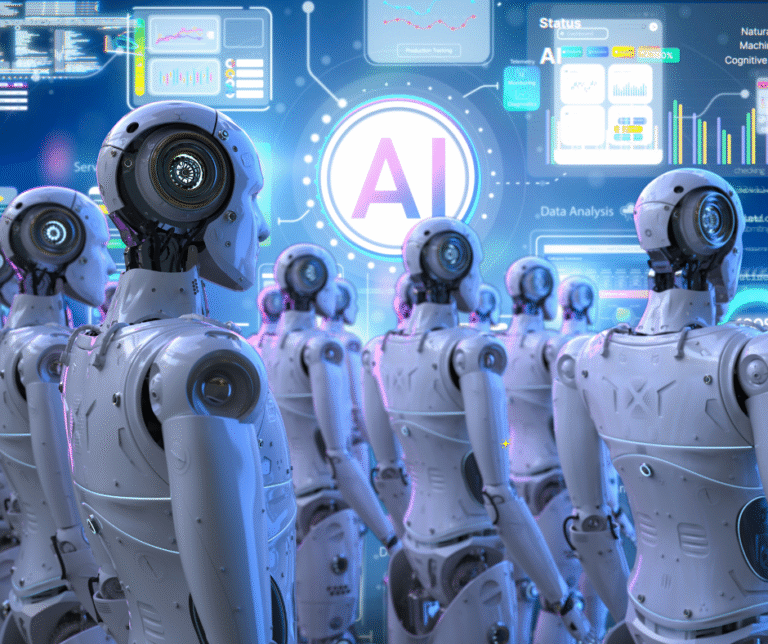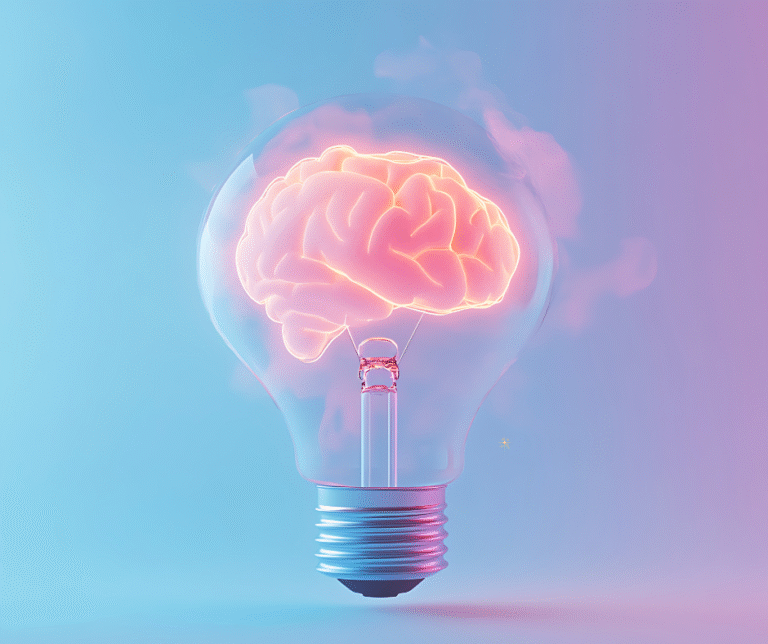ArtificialIntelligence (AI) has moved from the pages of science fiction to the center of modern innovation. What once seemed like futuristic speculation is now embedded in our daily lives—from the way we shop to how we communicate and even how we make decisions. As AI continues to advance, it’s reshaping industries, expanding human capabilities, and raising important questions about our future.
AI in Everyday Life
Most people interact with AI without even realizing it. Voice assistants help set reminders, search engines refine results based on behavior, and streaming platforms recommend shows using complex algorithms. These small interactions reflect a broader trend: AI is becoming a quiet partner in countless daily tasks, making experiences smoother and more personalized.
Reinventing Industries
Businesses across the globe are embracing AI to enhance efficiency and gain new insights.
-
Healthcare sees AI-powered tools detecting diseases earlier than traditional methods.
-
Finance uses machine learning to detect fraud and forecast market trends.
-
Manufacturing benefits from automation and predictive maintenance that keep production lines running smoothly.
As AI continues to mature, it’s helping organizations work smarter rather than harder.
Creativity Powered by Machines
AI is no longer limited to processing data—it’s creating. Tools that generate art, music, and writing are becoming more common, opening the door to new forms of creativity. Rather than replacing human imagination, these systems often act as collaborators, offering fresh ideas or refining rough concepts.
Ethics and Responsibility
With such transformative power comes significant responsibility. Discussions around ethics—privacy, transparency, bias, and job displacement—are now central to AIdevelopment. Ensuring that AI systems are fair, trustworthy, and beneficial to all is one of the biggest challenges of the coming decade.
A Future Shaped Together
AI isn’t just a technological trend; it’s a shift in how we solve problems and understand the world. As humans continue to guide and shape its development, we have the opportunity to ensure that AI serves as a force for good. The future of AI is not predetermined—it’s something we build together.
#ArtificialIntelligence
#AI
#MachineLearning
#DeepLearning
#Technology
